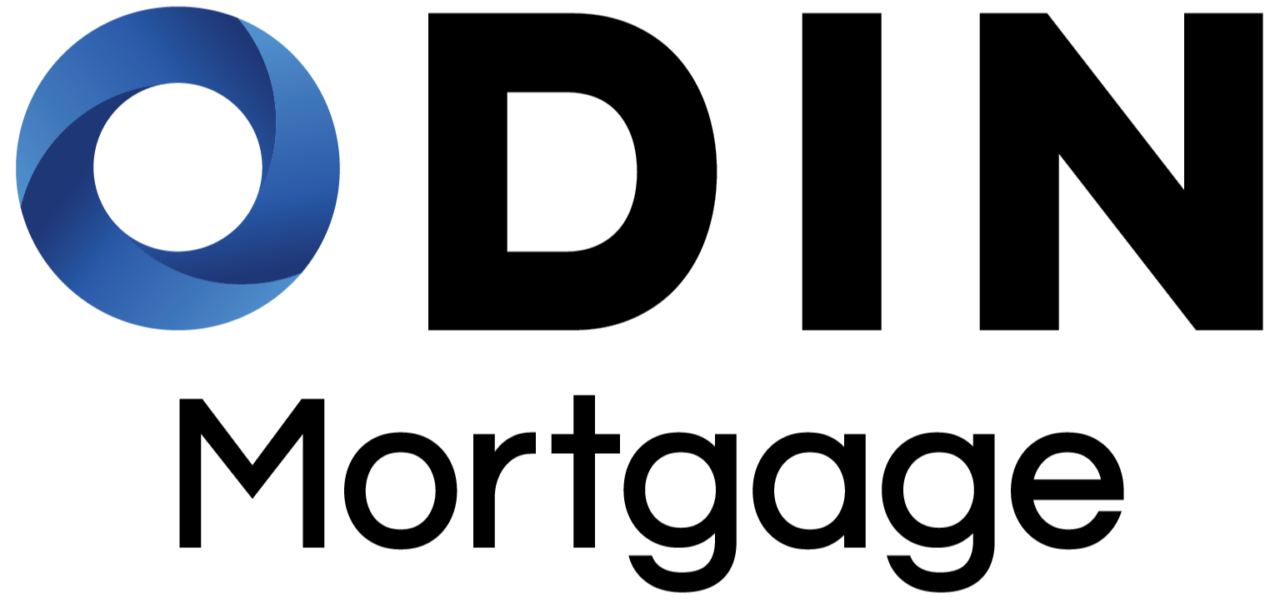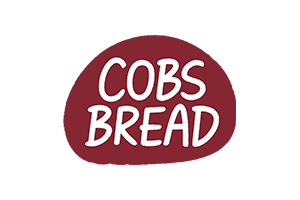We're already in September 2020 and the questions that keep arising are around future travel over the holiday period, visiting home countries abroad, and frantic worries over whether you'll be permitted to enter or exit. So here's the latest.
It's important to note a few things that have existed since I created the infographic below in May.
- The United States has put some limits on those who can enter or exit the U.S. (but they're quite specific);
- Australia has limited both those who can come in, and those who can leave (and they're quite broad).
There are particular restrictions for different groups (see blow) but you'll notice that the United States is much clearer than Australia. The bigger difficulty is actually obtaining a visa if you are looking to enter the United States right now, and that is proving to still be very difficult.
How do I exit the United States?
Official information on travel in and out of the United States can be found at cdc.gov/coronavirus/2019-ncov/travelers. Always trust the official source, don't trust some person on Facebook or the internet (including me)!
You simply need to get a flight. You are free to leave! There are no conditions beyond the changes to flights and the requirements of airlines for masks and other distancing requirements.
Flights are very different from what you might be used to with food and beverage service and the number of people permitted on each flight.
It's also important to know that there are much fewer flights (especially to Australia) right now so be sure to keep an eye out on Travel Josh's latest posts.
How do I enter the United States?
If you have a Green card, citizenship, you are permitted to enter the United States. Skip this whole next bit.
Presidential Proclamation 10052 signed on June 22, however, limits entry for some visa groups:
The proclamation suspends entry of nonimmigrants in the following categories: H-1B, H-2B, J (for aliens participating in an intern, trainee, teacher, camp counselor, au pair, or summer work travel program) and L, along with their spouses and children. No valid visas will be revoked under the proclamation.
There is no mention in this executive of changes or impacts to:
- TN;
- E-3 visas (or E-3D, or E-3R visas);
- Other E visas;
- F-1 visas;
- M-1 visas;
- O-1 visas;
- P-1 visas; or
- K-1 visas;
ESTAs (the temporary visitor, $14-to-apply, visa-waiver, is completely fine) are able to enter the country, however, there are restrictions on that.
Something that does apply to everyone though is a list of countries who are blocked from entry if you are a non-US-Citizen (or are in a list of specified exemptions):
With specific exceptions, foreign nationals who have been in any of the following countries during the past 14 days may not enter the United States. For a full list of exceptions, please refer to the relevant proclamations in the links below.
- China
- Iran
- European Schengen area (Austria, Belgium, Czech Republic, Denmark, Estonia, Finland, France, Germany, Greece, Hungary, Iceland, Italy, Latvia, Liechtenstein, Lithuania, Luxembourg, Malta, Netherlands, Norway, Poland, Portugal, Slovakia, Slovenia, Spain, Sweden, Switzerland, Monaco, San Marino, Vatican City)
- United Kingdom (England, Scotland, Wales, Northern Ireland)
- Republic of Ireland
- Brazil
Be sure to check this information and make use of the online tools at IATA to know where you can and can't go to and from.
What do I have to do when I return to the US? Is there a quarantine?
Different states have different requirements but there is no Federal requirement beyond the CDC's recommendation that you self-isolate for 14 days.
Be sure to check with your local and state governments wherever you are as many states have imposed strict requirements that are enforceable and they will check on you.
How do I exit Australia as a Foreign Citizen?
Remember, you can find the official information at covid19.homeaffairs.gov.au.
If you are a temporary visa holder or a foreign citizen currently in Australia, then you are welcome to get on a plane and leave right away. In fact, the Australian Government recommends it. You won't have any issues, just go to the airport as normal.
How do I exit Australia as an Australian (or Permanent Resident)?
If you are an Australian Citizen or Permanent Resident you are going to have a much more difficult time leaving as the Australian Government has limited movement. The idea is that the fewer people leaving Australia will mean fewer trying to return and right now we are seeing thousands of Australians trying to return.
As a general rule: If you have been living in Australia for the last 12 months, you are going to find it difficult to leave. If you want to leave, you must meet one of the following:
- your travel is as part of the response to the COVID-19 outbreak, including the provision of aid
- your travel is essential for the conduct of critical industries and business (including export and import industries)
- you are travelling to receive urgent medical treatment that is not available in Australia
- you are travelling on urgent and unavoidable personal business
- you are travelling on compassionate or humanitarian grounds
- your travel is in the national interest.
They also make some important notes:
All evidence supporting a travel exemption claim needs to be officially translated into English.
You should apply for an exemption at least two weeks, but not more than three months before your planned travel. Please make only one request per person.
Duplicate requests will delay assessment. The majority of travel exemption requests to depart Australia are finalised within 48 hours, but some complex requests may take longer.
If you are not granted an exemption, you should not continue with your travel plans. If granted an exemption, you must take evidence of that exemption decision to the airport.
Do not stray from these rules, as any modifications will make it very difficult to get your exemption in time (if at all).
There is however a list of exceptions to this list and they include:
From the Home Affairs website:
You will not need to apply for an exemption if you are:
- ordinarily resident in a country other than Australia
- an airline, maritime crew or associated safety worker
- a New Zealand citizen holding a Special Category (subclass 444) visa
- engaged in the day-to-day conduct of outbound freight
- associated with essential work at offshore facilities
- travelling on official government business, including members of the Australian Defence Force.
Be sure to read that carefully: You will not need to apply for an exemption. This is basically saying that if you are someone who fits into this category, you will be able to leave without having to go through the process of getting an exemption.
So how do you leave? You take proof that you fit one of these exemptions to the airport with you. You can also call the Department of Home Affairs if you want confirmation of this (and I always recommend you do!)
What counts as proof? Well I've been speaking to community members and we've heard of:
- Residential leases;
- Payslips;
- Work contracts;
- Letters from employers;
- Utility bills;
- Photos;
- Entry/exit information from the US;
- Invoices/bills/receipts;
- Flight receipts;
- Licenses and registrations;
- Visa information*.
Basically, you should build as much evidence as you can carry to save yourself any trouble. If you've got all of those things, print it out, and put it on a USB as well so that you've got backup!
You will speak to a Border Force agent at the airport, and they will review your information, and approve your passport number for travel.
Most importantly: Simply having a visa for working in the U.S. is not enough to prove foreign residency.
You need to show that you actually reside abroad, not that you could reside abroad. Unfortunately, right now that means that if you've just been approved for a new job (and haven't been living abroad), you will have to apply for an exemption prior to traveling.
Can I enter Australia?
Citizens and permanent residents of Australia are permitted to return and will be placed in a compulsory 14-day quarantine at a hotel. We have information about that here from Lisa, who spoke to me about the experience, as well as the official information from the Australian Government here.
If you are a temporary visa holder, or you don't have a visa, you will not be able to enter Australia without an exemption.
You can find all information about exemptions and limitations on this page.
Right now, getting a flight back to Australia is incredibly difficult due to the caps, so be sure to check in with Travel Josh's latest videos as we talk each week about how to get flights back and what numbers are looking like.
Once you arrive in Australia you must undertake a 14-day quarantine, in a hotel, that you pay for at the end. This is required in all states of Australia, and movement between states is extremely limited.
Is that going to change for the holidays?
We don't know, but we don't think so. As there are so many Australians trying to get back into the country, it's probably going to stay the same for the foreseeable future.
Now, double-check everything I told you!
For Australian information, https://covid19.homeaffairs.gov.au/
For United States information, https://www.cdc.gov/coronavirus/2019-ncov/travelers













